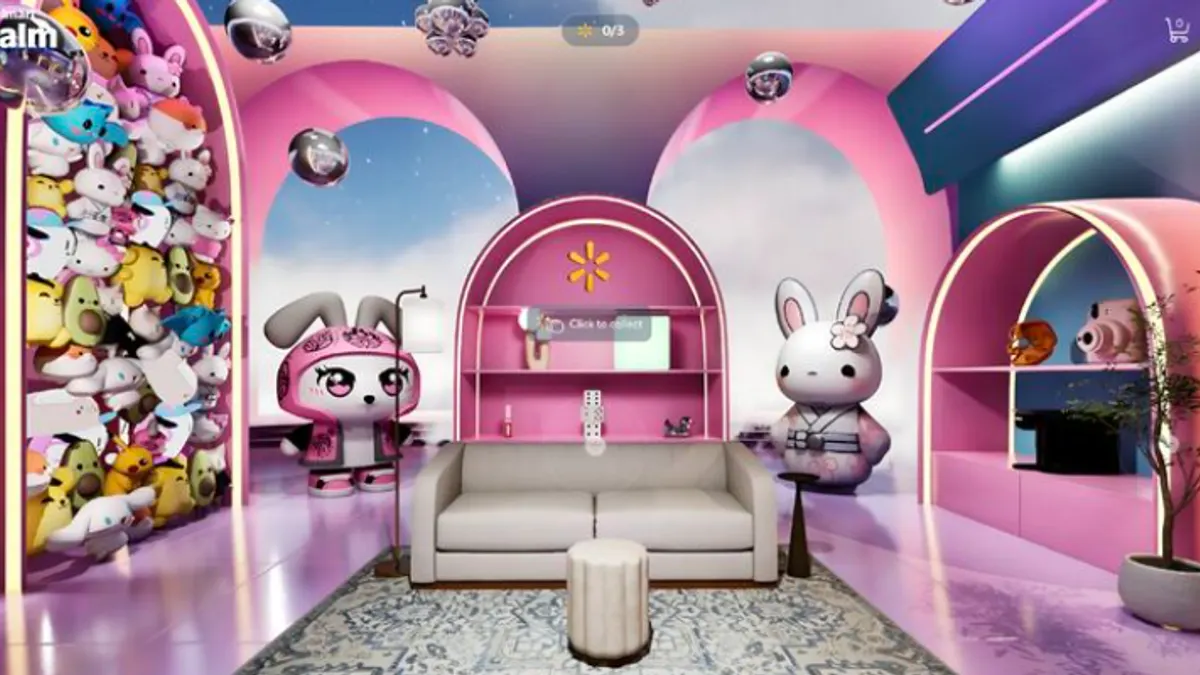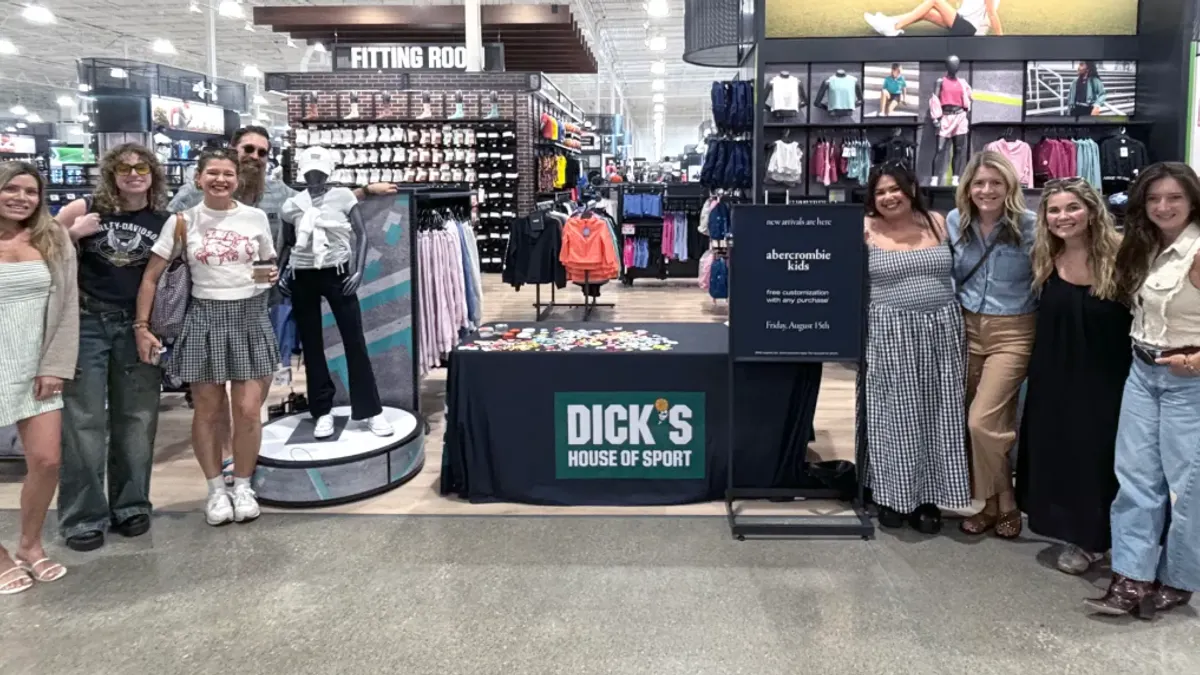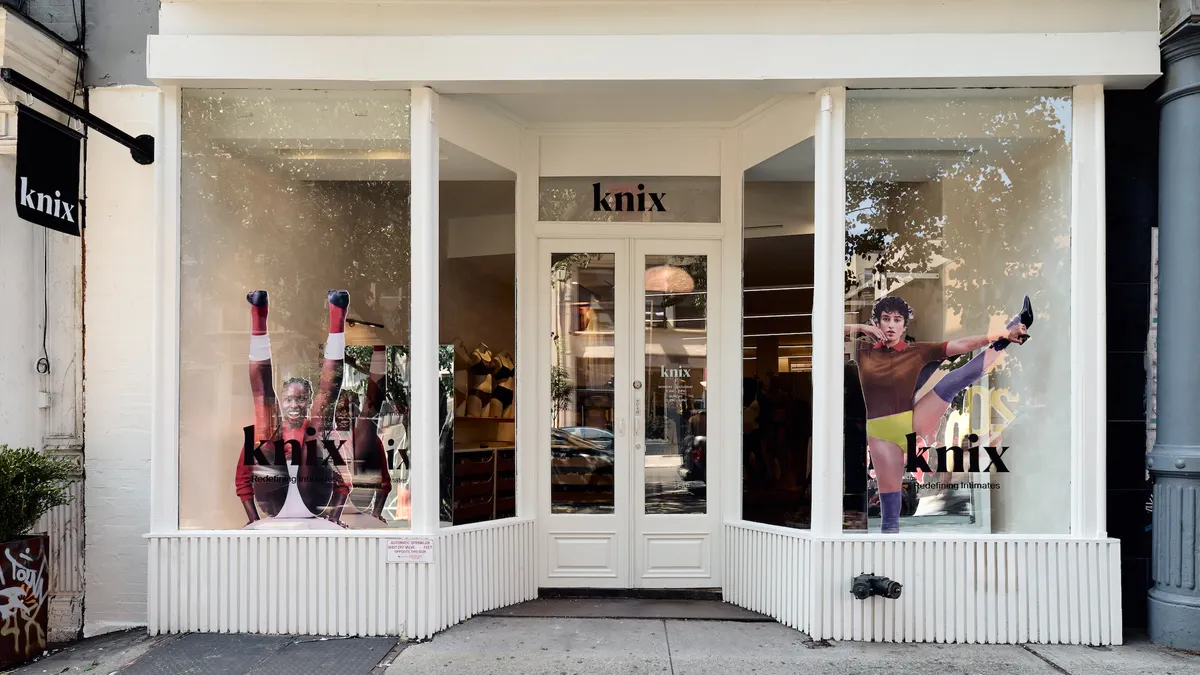Mario is swinging from a pole at the center of the store, looking joyous and much, much larger than he does on my Nintendo 64 TV screen at home. I limit myself to five minutes of playing some Donkey Kong-related game — just about enough time to get a firm handle on the controls — before I move on to the rest of the store.
Sets of teenagers, grown adults, and semi-willing parents and their kids are clustered around different mini gaming stations. Whether or not they actually intend on buying a $50 game or the $300 Nintendo Switch console is hard to tell, but the thought does cross my mind as I imagine kids heading straight to the Nintendo store at Rockefeller Plaza after school to spend a few hours taking advantage of the free gaming opportunities.
Whether or not playing video games inside a store leads to more Mario Kart purchases, the Nintendo store experience is emblematic of a larger trend in both New York and cities across the United States: experiential retail. In other words, retail that isn't just about getting as many customers as possible to convert.
When it comes to experiential retail, though, ROI is much harder to measure. How do you know if I bought that $90 sports bra because I felt a connection to Lululemon's message of mindfulness and appreciated their meditation studios or if it was because I just ran out of self-control that day?
That's not a question with an easy answer, and in fact, it's probably not the right question to ask at all. A better question might be: Are these experiential store concepts attracting customers and, if so, why? And while we're here, we might as well tack on: What defines experiential retail anyway?
As a consumer on the cusp of the Gen Z-millennial divide — a supposed target for this kind of retail — I hit the streets of New York to explore some of the coolest store concepts and find out what makes them work (and sometimes, what doesn't).
Purposeful playgrounds
As fun as experiential retail can be, it does need to have a raison d'etre. Sephora's Beauty TIP workshop on 34th street doesn't just splash touch-screen tablets every few feet so consumers can stare at them — the fragrance wheel and augmented reality applications are all part of a larger goal to help consumers discover what products they like or don't like in a way that's helpful and often fun.
Retail experiences aren't one-size-fits-all either. While I went in search of the experiential, I meditated, ate ice cream, high-fived an employee, watched kids play soccer, checked out the heat patterns of a blow dryer, cranked the volume up on my favorite tunes and played Goldilocks on more than a few mattresses.
The point is that all of these activities had a point.
Nike and Adidas didn't install basketball courts and turf soccer fields just for the aesthetic (although, I must say, the aesthetics did create a feeling of child-like wonderment for this soccer player). They were built to give customers a testing ground; instead of saying, "trust us, these cleats are light, sporty and great for touch-work," these brands are saying, "why trust us? Put them on and grab a ball. Dribble, take a shot, run on a field. Then tell us if they're right for you."
In many ways, it feels like a transfer of power. The days of employees chastising customers — "please, don't touch the display" — are swiftly receding and making way for a new employee-customer relationship, one more in line with: touch everything, try everything and for God's sake, take a lap on our indoor track.
It's worth noting that not everything has to be active to be experiential, either. Dyson's concept store offered extensive information, diagrams and product demos for customers to better understand how their vacuums and hair dryers worked — a practical yet engaging use of the in-store space.
Several other retailers used the history of certain items to lure shoppers into exploration: The North Face proudly showcased one of its Men's Himalayan Snow Suits in a glass display case with a plaque detailing its history, while every American Girl doll the store could hold had its own books, DVDs and small descriptions giving the life history of the characters.
Even experiences a little further off the beaten path, like Lululemon's meditation studio, have a definable focus attached to them. In one of the busiest parts of the city (I spent more time dodging people on 5th Avenue than actually locating stores), Lululemon ties together a brand message of mindfulness with a tangible meditative experience, using only a comfy chair, a tablet, a pair of Beats headphones and the most soothing, slow voice you've ever heard.
That being said, you can't offer your customers a calming experience if they can't locate it, and I spent a solid five minutes wandering around the store wondering if I was in the right Lululemon, wondering what store was next on my list and wondering how many more times I could hum "New York, New York" before being yelled at by a New Yorker.
In short: It was not easy to locate and I couldn't see myself discovering this small safe-haven of a space without already knowing it was there. And, knowing it was there, I'm not sure I would go back purely to meditate.
While I did feel calmer after my "practice of beginning" meditation, my ears were simultaneously tuned into the unmistakable beat of Top 40s music playing in the background, which broke through my quiet mindfulness as lyrics like "why don't you just meet me in the middle" were blasted through the rest of the store.
This is all to say: Experiential retail not only needs to be relevant, but also accessible and perhaps discoverable.
Come one, come all
There seems to be an unwritten rule that experiential retail must, by virtue of being experiential retail, tolerate many more customers who walk in with no intention of purchasing anything — and that employees must also be happy about it.
Some people would just call that good customer service, something department stores like Nordstrom pride themselves on, but this genuine excitement about the retail experience seems more in line with the efforts of companies like BarkBox and Museum of Ice Cream, which use employees almost more as branding than anything else.
Since I was exploring these stores for work-related purposes, I went into more than one concept shop with a bashful smile and a conversation starter that every underpaid store associate hopes never to hear: "So I'm not here to buy anything, but…"
While I had fully accepted the possibility of being unceremoniously kicked out of stores that quite frankly didn't have time to waste on someone not making a purchase, I was welcomed in perhaps even more warmly than if I'd said nothing at all. My declarations that I wouldn't be purchasing anything did nothing to stop store associates at Casper and Sonos from telling me all of the experiences I could play around with on their $300+ products, and encouraging me to take a nap or watch some movie trailers.
"Sure! John will take care of you," an employee enthusiastically called out when I said this very same line before asking to sit in one of the Sonos listening booths.
I was accepted everywhere I went — from the luxury consignment racks of The RealReal to the child-crawling aisles of American Girl — despite being a walking example of the athleisure trend in the first case, and it being obvious that I had no children with me in the second case. No matter what alarms may have been going off as store associates saw a young woman walk by with leggings and a camera, I was granted the same right to experience as everyone else.
That was a widespread reaction to loitering teenagers, as well. I watched two kids playing soccer in Adidas' turf testing ground for nearly ten minutes as I waltzed around the store, neither of whom seemed to have any intention of either buying something or making room for customers who actually wanted to test out their shoes.
It's a risk that experiential retailers seem willing to take and, so long as the concept is consistent with the brand message, it's not altogether a bad one. Gen Z, in particular, is a demographic that's itching to be involved with their favorite brands on a more personal, active level — and a fun in-store experience, or an opportunity to customize those Converse sneaks you picked out — could be the ideal way to grab a small piece of brand loyalty.
While Adidas, Nike and Nintendo might have to tolerate some 13 year-olds hogging the in-store experience every once in a while, those kids also have parents, who in turn have birthdays to buy for.
Not to mention that one day those kids will make enough money to buy themselves a pair of Air Jordans — and maybe then, when they're wondering where to go, they'll remember shooting hoops on that basketball court on top of Nike's SoHo store, and how no store employee ever kicked them out or told them they had to make room for a real customer.
Then again — maybe they won't.























